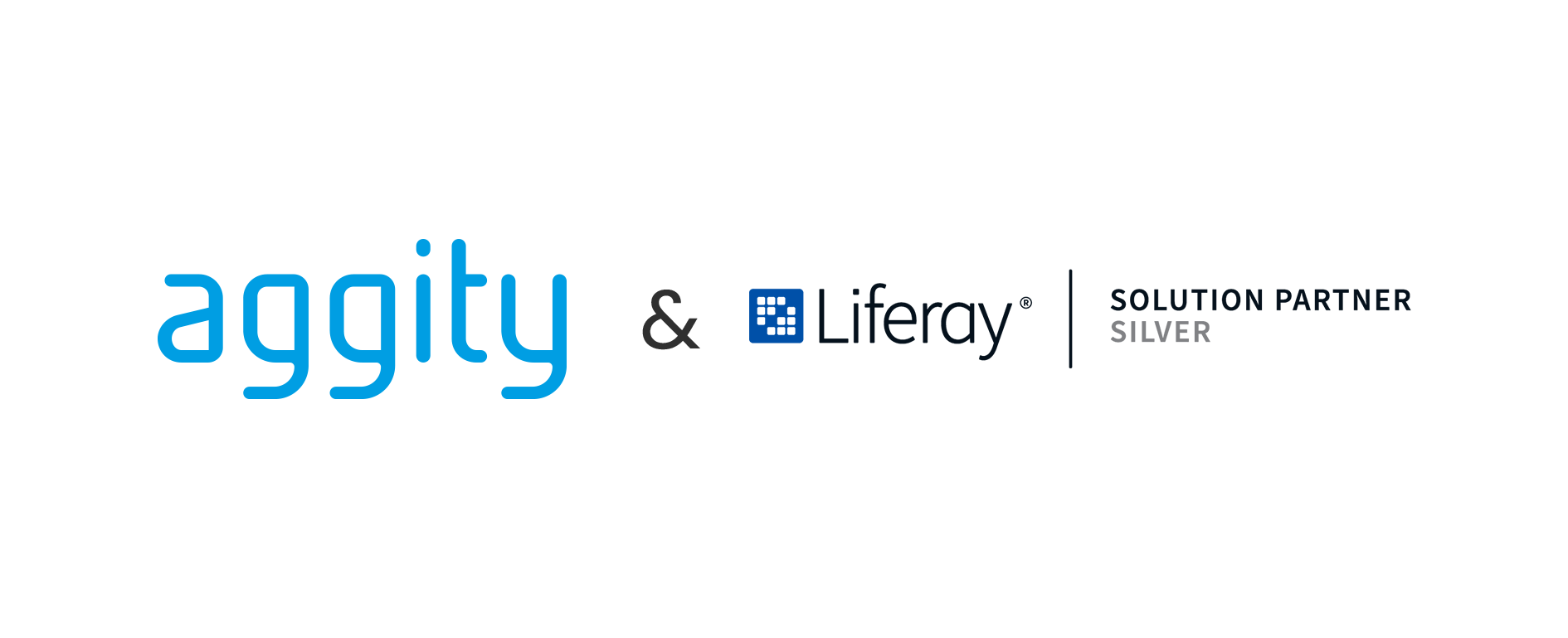Maximizing security in cloud data processing

Data processing in the cloud provides companies with advantages such as scalability, flexibility and cost efficiency. In this post we will explore innovative strategies and proven methods to leverage these advantages without compromising data security.
Tabla de contenidos
ToggleDiscover essential techniques for securing data processing in the cloud while maintaining integrity and confidentiality.
Although the elements to ensure improvement in the data processing in the cloud are several and include everything from data encryption to multi-factor authentication to security policies and regulatory compliance, perhaps most important is to have a data security in the cloud And to do so, companies must implement a robust security framework that adapts to their dynamic needs, without compromising operability or agility.
Security in cloud data processing
Securing any type of load that has been moved to the cloud is essential to an organization’s overall strategy. Threat protection in the cloud will not only allow data or applications to be protected, but will also ensure that a company’s recurring operations are not affected.
A platform such as Cloud & Cybersecurity by aggity The cloud environment can protect the assets that companies have in cloud environments, but it must be emphasized that, beforehand, it is necessary to design a cloud security architecture so that the cybersecurity department can extract the full value from any type of cloud security solution.
Within that cloud cybersecurity strategy there are some elements that should not be overlooked. One of them is an identity and access management in the cloud that secures and prevents access to the cloud environment by agents (cybercriminals or malware) without permissions to do so.

In this area, the most important sections are the role-based access control (RBAC) in the cloud which, in order to define and control user permissions, uses their roles within the organization; or the multifactor authentication (MFA)The new system, in which users are required to verify their identity through multiple methods, such as temporary codes, authentication applications, fingerprints, voice, etc., is also used.
Data encryption
Cloud encryption is one of the key elements to maximize security in cloud environments. It is a technology that ensures the confidentiality of data, especially sensitive data such as financial information, health data and business communications. Data encryption also plays a key role in data loss prevention (DLP) in the cloud and improves security in public cloud platforms by preventing cybercriminals from accessing sensitive information.
Compliance and regulatory standards
Regulatory compliance is another essential element when talking about protection in cloud data processing. Security in the hybrid and private cloud is subject to compliance with security standards and regulations, especially in highly regulated industries such as finance and healthcare.
In order for the company to ensure regulatory compliance in the cloud, it is necessary to apply different actions. These include cybersecurity audits audits, which ensure that the company’s security practices are aligned with specific regulatory requirements. Thanks to cloud security audits, the following are performed cloud security risk analysis The cloud security audits help to avoid penalties and strengthen the organization’s position in the face of potential threats.

Security monitoring and analysis
Another key element of cloud data processing security is cloud security risk monitoring and analysis. Security monitoring in cloud environments allows to quickly detect and respond to any cyber-attack attempt. It also improves resilience and disaster recovery in the cloud by providing a real-time view of the security status of the cloud infrastructure.
Training and awareness
Although the implementation of cloud security management tools is very important to establish multi-layer security strategies in the cloud or to carry out a management of security configurations in the cloudtraining of employees and the cybersecurity awareness in cloud adoption is even higher.
In the end, an organization may have very well-defined multi-layer security strategies in the cloud o possess the best tools to guarantee the security in data migration to the cloudThe user remains the weakest link in a company’s cybersecurity strategy. For this reason, cybersecurity training courses and regular attack simulation tests are essential to ensure the security of cloud data processing.
Últimos posts

aggity strengthens its commitment to sustainability as a SILVER partner of “Fundación Empresa & Clima”.

aggity participates in the IBM Ecosystem Summit 2024 with an applied case of Generative AI in the food industry

Aggity, together with the multinational Fortinet, present an exclusive event in Lima on the application of Generative AI in Corporate Cybersecurity.

aggity participates in Smart Ports: Piers of the Future

aggity Supports the Contigo Foundation at its Annual Dinner

Challenges and Opportunities of Generative AI in Industry: Our Experience at BNEW

Official Liferay Partner in Spain





